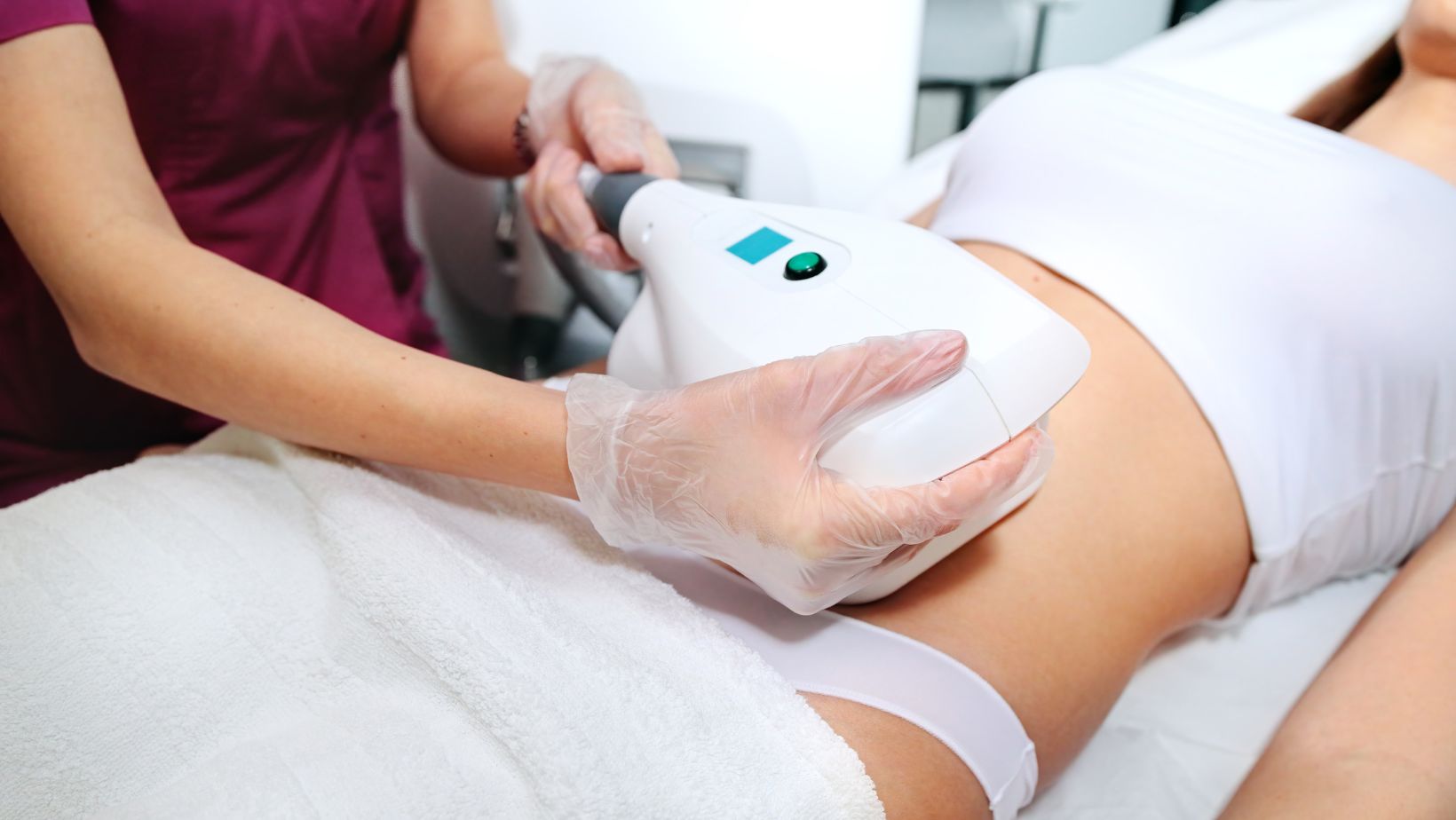Body sculpting procedures have become increasingly popular over the past decade as more options become available for those looking to enhance or change parts of their physique. Sometimes referred to as body contouring, body sculpting encompasses a variety of minimally invasive and non-invasive cosmetic procedures targeted at specific areas to reduce fat, tighten skin, or sculpt and tone muscle.
As body sculpting continues to grow in popularity, many are considering their first procedure but want to weigh the potential benefits and downsides first. Determining if body sculpting is right for you and what option will provide the best results with the lowest risk requires understanding all the elements involved, both positive and negative. That’s why we’ve compiled this comprehensive guide covering all the key body sculpting pros and cons you must review before seeking treatment.
Defining Body Sculpting
Body sculpting covers various cosmetic treatments, from injectables and ultrasounds to lasers and radiofrequency energy. The techniques utilized all aim to reshape and contour areas of the body through methods such as:
- Fat reduction and skin tightening
- Targeted fat cell elimination
- Collagen stimulation
- Muscle toning
Common target areas for body sculpting include the abdomen, flanks, thighs, buttocks, and arms. Some of the most popular specific body sculpting procedures are:
- CoolSculpting (fat freezing)
- SculpSure laser treatments
- Emsculpt toning
- Cellulaze cellulite reduction
- VASERlipo ultrasound liposuction
Now that we’ve defined body sculpting and what it entails, let’s delve into the key pros and cons you should consider before booking your first appointment.
Body Sculpting Pros
Many potential upsides come with undergoing body sculpting procedures. Reviewing the pros can help determine if this cosmetic route is your best option for achieving your body goals.
Non-Invasive Options Available
Many of the latest body sculpting techniques provide non-invasive alternatives to more aggressive surgical options like liposuction. Treatments like CoolSculpting, ultrasound cavitation, and radiofrequency skin tightening require no needles, incisions, or downtime for patients. This makes modern body sculpting far more appealing for those wanting subtle improvements without surgery or lengthy recovery.
No General Anesthesia Needed
In addition to the non-invasive options now available, most body sculpting procedures do not require general anesthesia or IV sedation. Local numbing injections may maximize comfort, but patients can often remain fully awake throughout treatment.
Avoiding general anesthesia reduces risks and eliminates the need for intubation and respiratory assistance during procedures.
Minimal Downtime
Closely tied to both the non-invasive options and avoidance of general anesthesia, today’s body sculpting treatments mean minimal downtime for patients. While surgical liposuction or a tummy tuck requires weeks of limited activity for recovery, non-invasive treatments allow patients to return to normal activities immediately or within a few days. For those with busy schedules, the minimal disruption is a major advantage.
Natural-Looking Results
The latest techniques allow specialists to precisely target treatment areas for beautiful, natural-looking results. Strategic fat reduction, skin tightening, and muscle toning create contours and definition while avoiding any overly enhanced or fake appearance. The subtle improvements modern body sculpting offers can make a big difference in boosting confidence.
Long-Lasting Results
While no cosmetic procedure results last forever, today’s body sculpting treatments produce fairly long-lasting results for most patients. Depending on the specific techniques used, results can last upwards of six months to several years in many cases if patients maintain their weight. Considering many other cosmetic injectables and treatments last just weeks or months, the extended results of body sculpting make it advantageous for those wanting more than a quick fix.
Now, let’s review the potential downsides to weighing before undergoing body sculpting procedures.
Body Sculpting Cons
While body sculpting performed by an experienced professional poses very few serious risks, there are still some possible downsides and considerations to consider. Reviewing the key cons is important for setting proper expectations about treatment limitations and having the best experience possible.
Results Require Multiple Treatments
One of the most common misconceptions about body sculpting procedures is that a single treatment will produce the desired changes. In reality, most patients require 2-4 total sessions spaced several weeks apart for optimal results. This is especially true for non-invasive fat and cellulite treatments. The gradual improvements and need for multiple appointments can frustrate some patients hoping for dramatic improvements after just one visit.
Mild Side Effects May Occur
Common though generally mild side effects associated with body sculpting treatments include soreness, swelling, bruising, tingling, numbness, and redness around the targeted area. Most residual side effects resolve within about two weeks but can limit physical exertion and activities immediately following procedures. While serious adverse reactions are extremely rare when procedures are properly performed, the mild discomfort and annoyance of side effects frustrate some patients.
Doesn’t Tighten Loose Skin
The skin-tightening abilities of procedures like radiofrequency and ultrasound treatments only extend so far. Those with moderate to severe loose skin or sagging may not see significant tightening from non-invasive body sculpting options alone. When excess skin elasticity is a primary concern, surgical lifts and tucks may be required for optimal tightening effects.
Doesn’t Eliminate All Fat Cells
No existing body sculpting procedure eliminates every single fat cell from treatment areas. With current technology, between 20%-40% of targeted fat cells may remain untouched for various reasons depending on the technique used. While measurable reductions occur, some patients expecting complete fat removal may be disappointed to have small amounts of tissue still.
Additional sessions or alternative methods may be needed for those desiring every last fat cell gone.
Results Require Maintenance
To sustain results long-term after body sculpting procedures, patients must stick to a healthy diet and consistent exercise routine. Failing to eat nutritiously and maintain an active lifestyle almost always results in fat returning to treated areas eventually. Those not committed to lifestyle changes following treatment will likely see faster regression of improvements. For some patients, sticking to the necessary regimen poses challenges.
Weighing Your Options Carefully
Considering both the pros and cons carefully allows patients to determine if body sculpting procedures align with their cosmetic goals, expectations for treatment, and ability to follow post-procedure recommendations. While the benefits, like non-invasive options, limited downtime, and natural-looking results, appeal to many, the cons must also be taken seriously. However, being fully informed by your provider and setting realistic expectations can lead to high satisfaction rates.
In most cases, body sculpting performed by an experienced plastic surgeon or cosmetic specialist proves worthwhile for patients wanting moderate improvements to targeted areas like the stomach, thighs, or arms without surgery. If you believe you’re ready to achieve your ideal figure, begin consulting with providers in your area who specialize in the latest body sculpting techniques to decide the best options for your needs.





